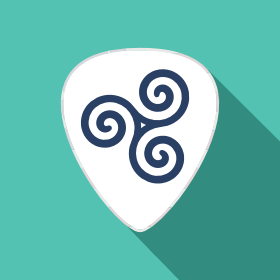
Triads are a super useful tool on guitar. They can help you both understand how music is constructed and help you navigate the fretboard.
In this article, you’ll learn what guitar triads are and what they look like on the fretboard.
Let’s dive in!

Make sure you never get lost learning music theory with my Music Theory for Guitar Cheat Sheet.

Wherever you are in your journey, it shows you what to learn next, so you can master music theory faster!
It makes sure you always know your next step, so you can master music theory faster!
+Bonus: I’ll also share 3 mistakes guitarists make when learning music theory (and how to avoid them)
Don’t miss out and click below to get your FREE guitar music theory resources!

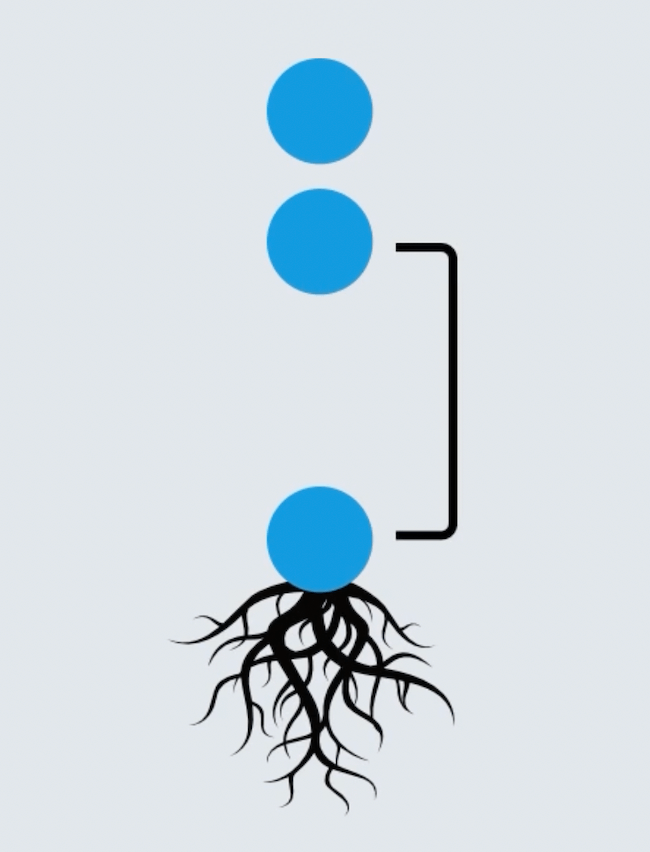
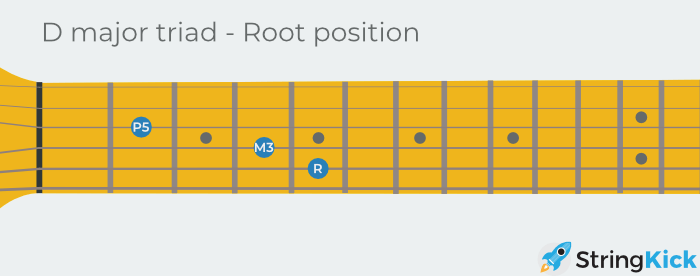
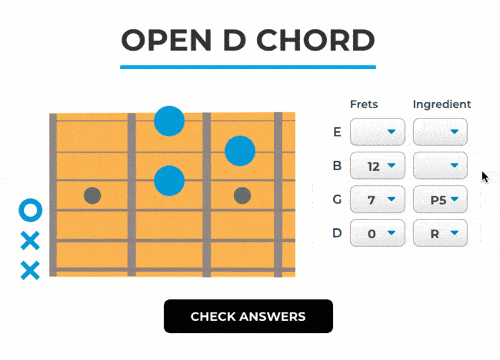
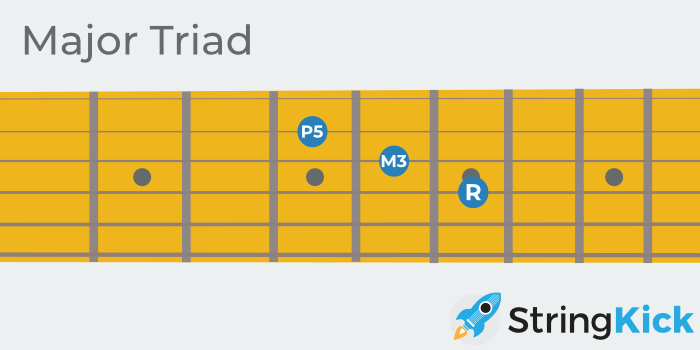
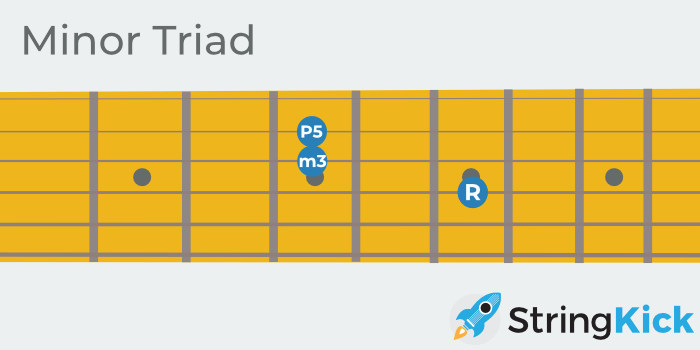
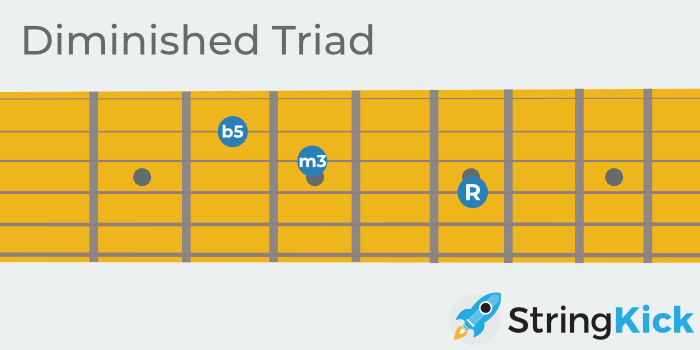
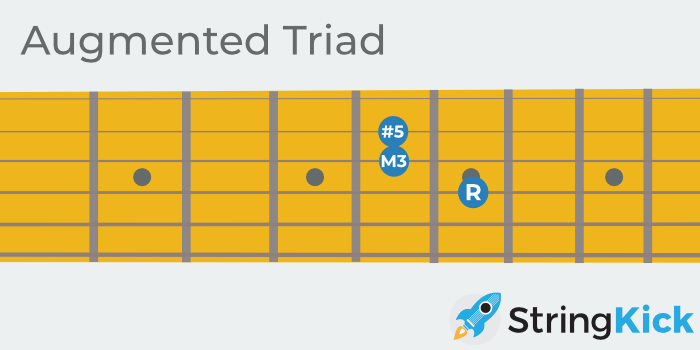
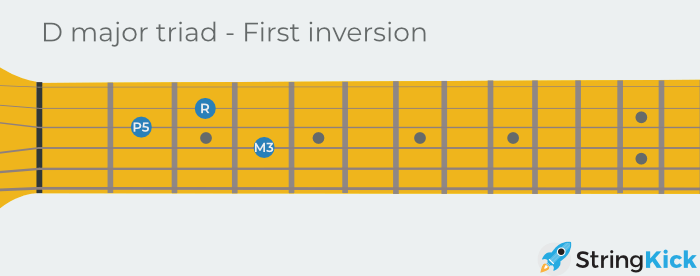
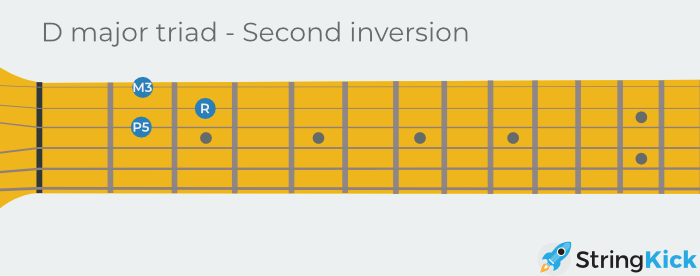


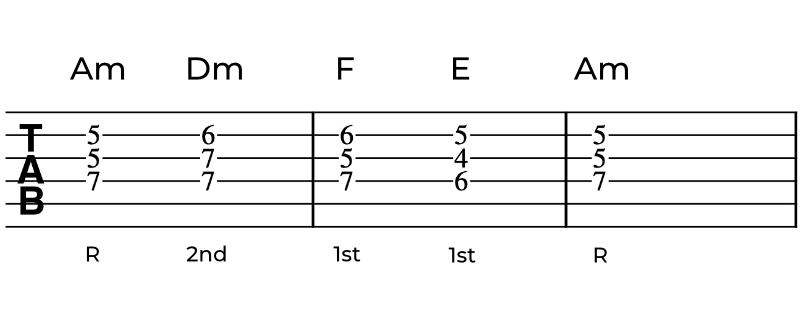

![Title image for How to Read Chord Names and Symbols [Complete Guide]](https://www.stringkick.com/wp-content/uploads/2018/02/Read-Chord-Names-Symbols-Title-Image.png)
![Title image for Learn Music Theory for Guitar [5-step Roadmap]](https://www.stringkick.com/wp-content/uploads/2022/02/Music-Theory-for-Guitar-Main.png)
![Title image for Guitar Intervals: Explained Easily [Full Guide]](https://www.stringkick.com/wp-content/uploads/2023/05/Guitar-Intervals-Title-Image.png)

![Title image for Diatonic Chords and Harmony [Easy and Practical Guide]](https://www.stringkick.com/wp-content/uploads/2023/03/Diatonic-Chords.png)


